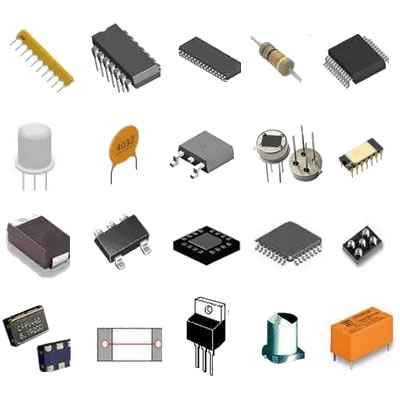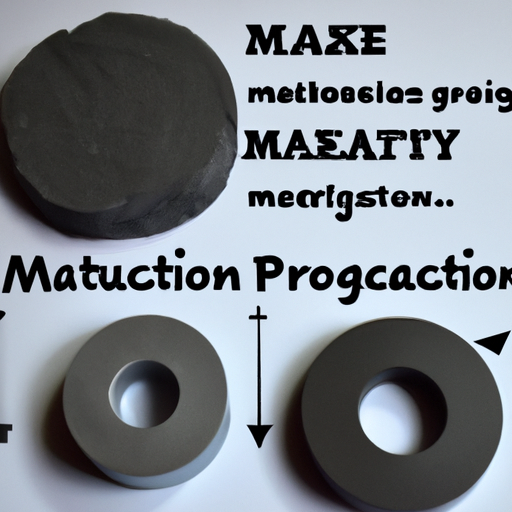
Title: Common Production Processes for Magnetic MaterialsIntroduction (100 words)
Magnetic materials play a crucial role in various industries, from electronics and automotive to renewable energy and healthcare. The production of magnetic materials involves several intricate processes that enable the creation of magnets with specific properties. In this article, we will explore the common production processes for magnetic materials, shedding light on their significance and applications.1. Raw Material Selection (150 words)
The first step in the production of magnetic materials is the careful selection of raw materials. The most commonly used materials for magnets are iron, nickel, and cobalt, along with their alloys. These materials possess inherent magnetic properties and can be further enhanced through various manufacturing techniques. The purity and quality of the raw materials significantly impact the final magnetic product's performance and durability.2. Melting and Alloying (200 words)
Once the raw materials are selected, they undergo a melting and alloying process. This involves heating the materials to their respective melting points and combining them to form a homogeneous mixture. Alloying is crucial as it allows the manipulation of the magnetic properties by controlling the composition and structure of the material. The molten alloy is then cooled and solidified to form a solid mass.3. Powder Production (200 words)
In some cases, magnetic materials are produced in powder form. This is achieved through processes such as atomization or mechanical milling. Atomization involves spraying molten metal into a gas or liquid medium, resulting in the formation of fine metal droplets that solidify into powder. Mechanical milling, on the other hand, involves grinding and blending the solid alloy to obtain the desired particle size and distribution. Powder production is particularly useful for applications that require magnetic materials in powdered or granular form, such as magnetic recording media or magnetic fluids.4. Shaping and Forming (250 words)
After the raw materials are prepared, they are shaped and formed into the desired magnet geometry. This can be achieved through various techniques, including pressing, extrusion, and injection molding. Pressing involves compacting the powdered material into a die under high pressure, resulting in a green compact. The green compact is then sintered at high temperatures to achieve the desired density and strength. Extrusion is used for producing magnets with complex shapes by forcing the material through a die. Injection molding, commonly used for producing small magnets, involves injecting a molten mixture into a mold cavity and allowing it to cool and solidify.5. Magnetization (200 words)
Once the magnetic material is shaped, it needs to be magnetized to exhibit its magnetic properties fully. Magnetization is achieved by subjecting the material to a strong magnetic field. This can be done through various methods, including electromagnetic coils, permanent magnets, or pulsed magnetic fields. The magnetization process aligns the magnetic domains within the material, resulting in the creation of a magnetic field.6. Surface Treatment and Coating (150 words)
To enhance the durability and protect the magnetic material from corrosion, surface treatment and coating processes are employed. Surface treatments such as electroplating or chemical passivation create a protective layer on the magnet's surface, preventing oxidation and improving its longevity. Coatings, such as epoxy or polymer coatings, provide additional protection and insulation.Conclusion (100 words)
The production of magnetic materials involves a series of intricate processes, starting from raw material selection to shaping, magnetization, and surface treatment. Each step plays a crucial role in determining the final magnetic product's properties and performance. Understanding these production processes is essential for industries relying on magnetic materials, enabling them to optimize their applications and harness the full potential of magnets in various technological advancements.
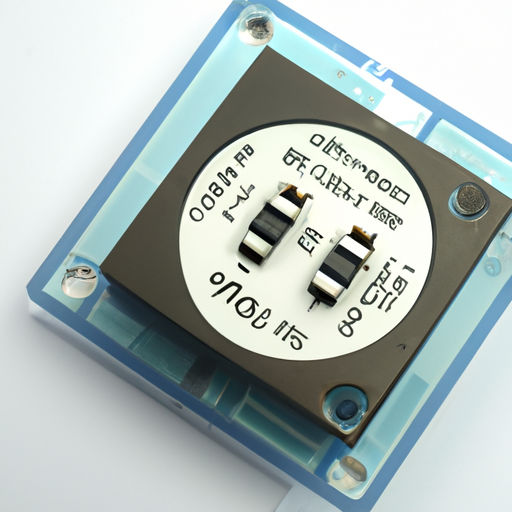
Title: The Latest Signal Relay Specification: Advancements and ApplicationsIntroduction (100 words)
Signal relays play a crucial role in various electronic systems, enabling the efficient transfer of signals between different components. As technology continues to advance, signal relay specifications have evolved to meet the increasing demands of modern applications. In this article, we will explore the latest developments in signal relay specifications, highlighting their key features, benefits, and applications. From improved contact materials to enhanced switching capabilities, these advancements are revolutionizing industries such as telecommunications, automotive, aerospace, and more.1. Contact Materials and Durability (200 words)
One of the significant advancements in signal relay specifications is the use of advanced contact materials. Traditional relays often relied on silver or gold-plated contacts, which were prone to wear and oxidation over time. However, the latest signal relays now incorporate materials like palladium, ruthenium, and rhodium, offering improved durability and reliability. These materials exhibit excellent resistance to corrosion, ensuring long-term performance even in harsh environments.2. Miniaturization and High-Density Packaging (200 words)
With the increasing demand for compact and lightweight electronic devices, signal relays have undergone significant miniaturization. The latest specifications feature smaller footprints, allowing for high-density packaging on PCBs (Printed Circuit Boards). This miniaturization not only saves valuable space but also enables the integration of more relays within a limited area. As a result, electronic systems can achieve higher functionality and performance without compromising on size.3. Enhanced Switching Capabilities (200 words)
Signal relays are responsible for switching signals between different components, and the latest specifications have introduced significant improvements in this area. Advanced signal relays now offer faster switching speeds, reduced bounce, and improved contact resistance. These enhancements ensure minimal signal distortion and improved signal integrity, making them ideal for high-speed data transmission applications. Additionally, the latest signal relays exhibit low power consumption, contributing to energy-efficient designs.4. High Voltage and Current Handling (200 words)
Certain applications, such as power distribution systems and industrial automation, require signal relays capable of handling high voltage and current levels. The latest signal relay specifications address this need by offering increased voltage and current ratings. These relays can reliably switch high-power signals without compromising on performance or safety. Industries such as renewable energy, electric vehicles, and smart grid systems can benefit greatly from these high-power signal relays.5. Advanced Protection Features (200 words)
To ensure the longevity and reliability of electronic systems, signal relays now incorporate advanced protection features. These include built-in surge protection, arc suppression, and overvoltage protection mechanisms. These protective measures safeguard the relay contacts from damage caused by voltage spikes, transients, and other electrical disturbances. By minimizing the risk of contact welding or sticking, these protection features extend the operational lifespan of the relays and enhance system reliability.6. Applications and Future Trends (200 words)
The latest signal relay specifications find applications in a wide range of industries. Telecommunications, automotive, aerospace, medical devices, and industrial automation are just a few examples. In telecommunications, signal relays are used in network switches, routers, and base stations. Automotive applications include powertrain control modules, infotainment systems, and advanced driver-assistance systems (ADAS). Aerospace and defense industries utilize signal relays in avionics, radar systems, and satellite communication equipment.Looking ahead, future trends in signal relay specifications include the integration of wireless communication capabilities, increased use of solid-state relays, and advancements in nanotechnology for further miniaturization. These developments will continue to push the boundaries of signal relay performance, enabling even more efficient and reliable signal transfer in the ever-evolving world of electronics.Conclusion (100 words)
The latest signal relay specifications have revolutionized the field of electronics, offering improved durability, miniaturization, switching capabilities, high-power handling, and advanced protection features. These advancements have opened up new possibilities in various industries, enabling the development of more compact, efficient, and reliable electronic systems. As technology continues to evolve, signal relays will play a crucial role in facilitating seamless signal transfer, ensuring the smooth operation of modern applications.
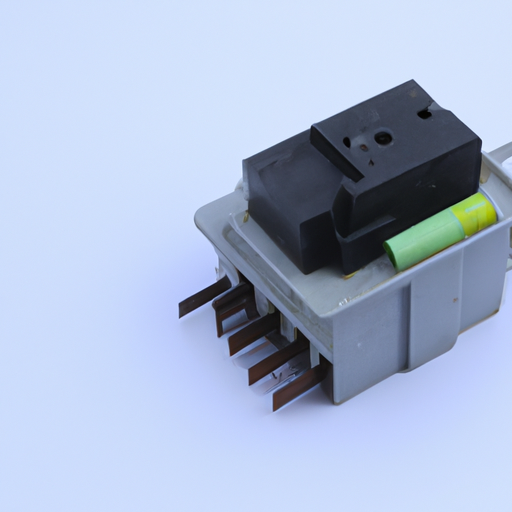
Title: Exploring the Popular Power Relay Product Types: A Comprehensive GuideIntroduction (100 words)
Power relays are essential components in electrical systems, serving as switches that control the flow of electricity. They are widely used in various industries, including automotive, telecommunications, industrial automation, and more. This article aims to provide a comprehensive guide to the popular power relay product types available in the market today, highlighting their features, applications, and benefits.1. Electromechanical Relays (200 words)
Electromechanical relays are the most common type of power relays. They consist of a coil, an armature, and a set of contacts. When the coil is energized, it creates a magnetic field that attracts the armature, closing the contacts and allowing current to flow. These relays offer several advantages, including high switching capacity, robustness, and compatibility with various voltage levels. They are commonly used in industrial control systems, motor control, and power distribution applications.2. Solid-State Relays (200 words)
Solid-state relays (SSRs) are semiconductor devices that use electronic components, such as transistors and thyristors, to perform the switching function. Unlike electromechanical relays, SSRs have no moving parts, making them more reliable and durable. They offer fast switching speeds, high resistance to shock and vibration, and silent operation. SSRs are widely used in applications where precise control, low power consumption, and long lifespan are crucial, such as HVAC systems, medical equipment, and lighting control.3. Reed Relays (200 words)
Reed relays are unique power relays that utilize a hermetically sealed glass tube containing two metal reeds and a coil. When the coil is energized, the magnetic field causes the reeds to come into contact, closing the circuit. Reed relays are known for their compact size, low power consumption, and excellent isolation properties. They find applications in telecommunications, test and measurement equipment, and automatic test systems.4. Mercury-Wetted Relays (200 words)
Mercury-wetted relays are specialized power relays that use mercury as a contact material. These relays offer extremely low contact resistance, high switching speeds, and excellent reliability. However, due to environmental concerns associated with mercury, their usage has significantly decreased in recent years. They are still found in specific applications such as aerospace, military, and high-frequency signal switching.5. Latching Relays (200 words)
Latching relays, also known as bistable relays, are unique power relays that maintain their state even after power is removed. They feature two stable positions, and once energized, they remain in that position until an opposite polarity pulse is applied. Latching relays are commonly used in applications where power consumption is a concern, such as battery-powered devices, energy management systems, and telecommunications.Conclusion (100 words)
Power relays are vital components in electrical systems, enabling efficient control and distribution of power. This article has explored some of the popular power relay product types available in the market today, including electromechanical relays, solid-state relays, reed relays, mercury-wetted relays, and latching relays. Each type offers unique features and benefits, making them suitable for various applications across different industries. By understanding the characteristics of these power relay types, engineers and designers can make informed decisions when selecting the most appropriate relay for their specific requirements.
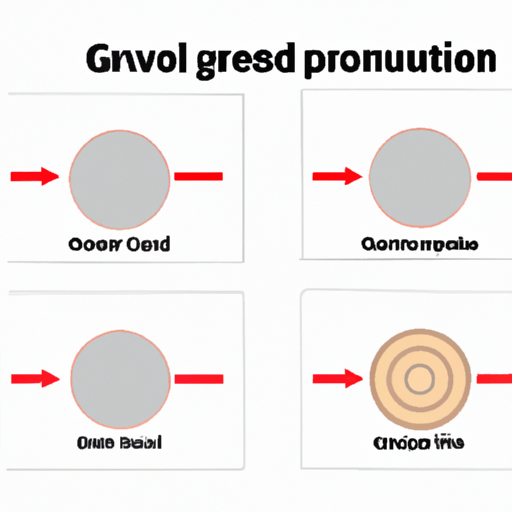
Title: Exploring Common Production Processes for Groove: Enhancing Musical ExperiencesIntroduction (100 words)
Groove is an essential element of music that captivates listeners and compels them to move. Behind the seamless and infectious rhythms lies a complex production process that involves various techniques and technologies. In this article, we will delve into the common production processes for groove, exploring the key steps and tools used to create captivating musical experiences. From beat creation to mixing and mastering, we will uncover the secrets behind the production of groovy tracks.1. Beat Creation (200 words)
The foundation of any groovy track lies in its beat. Beat creation involves the selection and arrangement of drum sounds, percussion, and other rhythmic elements. Producers often start by programming drum patterns using software or hardware-based sequencers. They can also utilize pre-recorded drum loops or samples to add depth and complexity to the beat. The choice of sounds, their arrangement, and the use of effects play a crucial role in establishing the groove of the track.2. Bassline Design (200 words)
The bassline is another vital component that contributes to the groove of a track. Producers employ various techniques to design basslines that complement the beat and enhance the overall rhythm. This can involve using synthesizers, virtual instruments, or even recording live bass guitar performances. The manipulation of parameters such as pitch, rhythm, and timbre helps create basslines that are both melodic and rhythmic, adding depth and energy to the groove.3. Sampling and Chopping (200 words)
Sampling and chopping refer to the process of extracting and manipulating audio snippets from existing recordings to create new musical elements. Producers often sample drum breaks, vocal phrases, or instrument loops from old records or other sources. These samples are then chopped, rearranged, and processed to fit the desired groove. Techniques like time-stretching, pitch-shifting, and applying effects allow producers to transform samples into unique and groovy elements that add character to the track.4. Arrangement and Layering (200 words)
Arrangement involves structuring the different sections of a track to create a cohesive musical journey. Producers carefully arrange the various elements, such as beats, basslines, melodies, and vocals, to maintain the groove throughout the composition. Layering is a technique used to add depth and complexity to the sound by combining multiple sounds or instruments. By layering different elements, producers can create rich textures and enhance the overall groove of the track.5. Mixing and Effects (200 words)
Mixing is the process of balancing and blending all the individual elements of a track to create a cohesive and polished sound. Producers use equalization, compression, and other audio effects to shape the frequency response, dynamics, and spatial positioning of each element. This ensures that the groove remains prominent and well-defined. Additionally, effects such as reverb, delay, and modulation can be applied to enhance specific elements and create a sense of space and movement within the track.6. Mastering (200 words)
Mastering is the final step in the production process, where the track is prepared for distribution and playback on various platforms. It involves fine-tuning the overall sound, ensuring consistency across different playback systems, and optimizing the track for maximum impact. Mastering engineers use techniques like equalization, compression, stereo enhancement, and limiting to achieve a balanced and professional sound. The goal is to enhance the groove and make the track sound polished and competitive in the market.Conclusion (100 words)
The production processes for groove involve a combination of technical expertise, creativity, and an understanding of musical elements. From beat creation to mixing and mastering, each step plays a crucial role in shaping the groove of a track. By employing various techniques, tools, and technologies, producers can create captivating musical experiences that compel listeners to move and groove. Understanding these common production processes allows us to appreciate the intricate craftsmanship behind the music we love.

